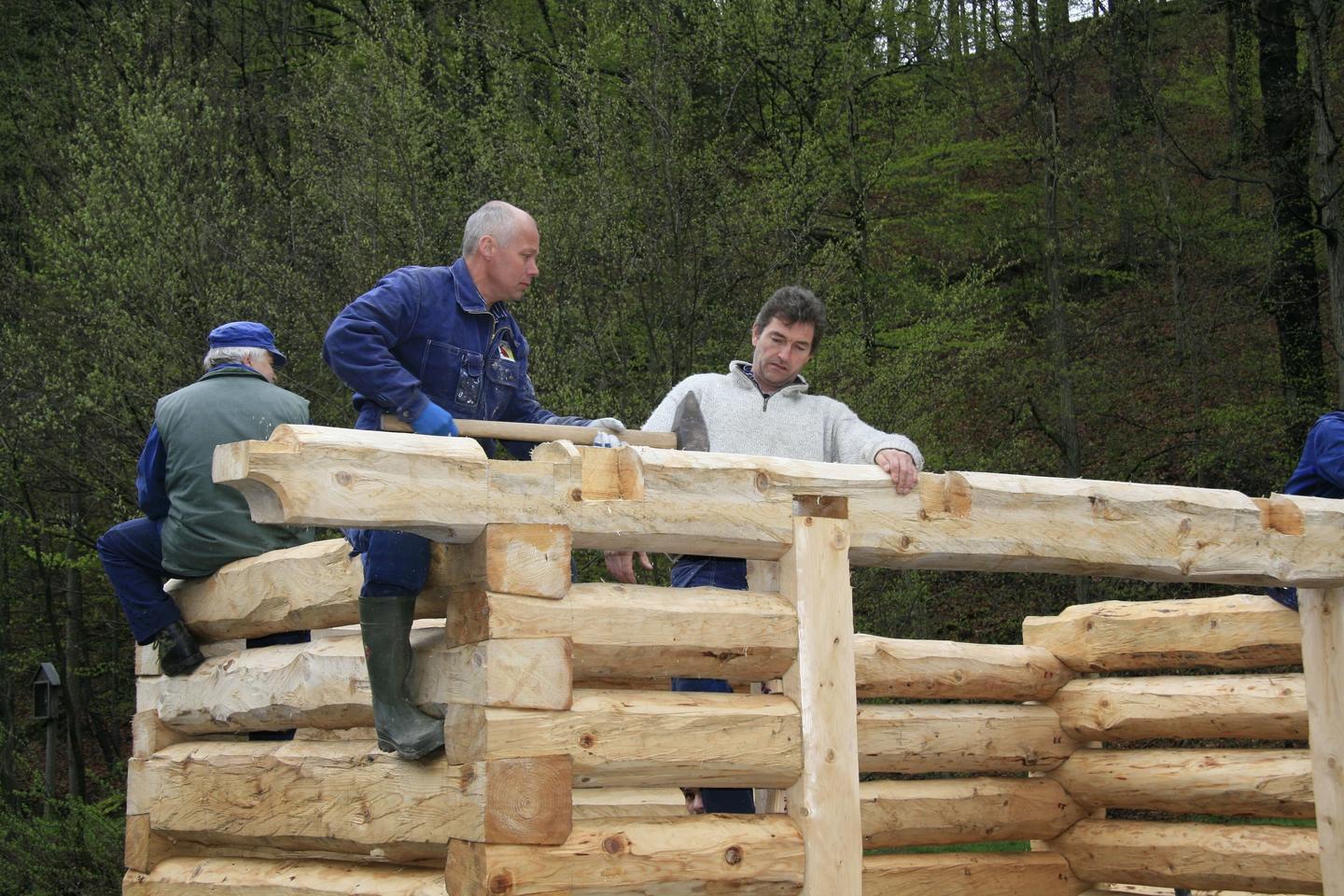Norway, Iceland and Liechtenstein are providing €1.79 million to the current round of the EEA and Norway Grants, a period stretching to 2014. A considerable part of this funding will go to cultural heritage. Programmes and projects in this field aim to increase cooperation and sharing of knowledge on heritage restoration between European countries.
Norway, Iceland and Liechtenstein’s membership of the European Economic Area provides access to the EU’s single market. The EEA and Norway Grants are these three countries’ contribution to reducing economic and social disparities and strengthening bilateral relations between the countries that make up the EEA. The focus on cooperation ensures, however, that these grants do not end up as simply a payment to secure access to the internal market. Rather the opposite. We strengthen the contact with the 15 of the EU countries, and Norway puts its footprint on Europe, to quote our Minister of Foreign Affairs, Jonas Gahr Støre.
We have taken on board lessons from the previous round of grants in the 2004-09 period, in which the Directorate cooperated with the Norwegian Foreign Ministry and Norwegian embassies in the beneficiary states on the protection of European heritage. The task of finding good projects and matching up with the appropriate entities in the beneficiary states for cooperation in the current five-year period is now underway. The good results from the previous period give hope of repeated success both for the donor and beneficiary countries. Exchanges of knowledge and experience have enhanced the level of knowledge here at home.
Knowledge and skills on traditional craftwork, which may have been lost in Norway, are still alive in Central Europe. This knowledge gives our craftworkers a chance to improve their restoration work on Norwegian cultural treasures. One of the examples of the close cooperation that has developed across the borders in the 2004-09 period is a specialised dictionary developed by craft workers from Maihaugen Open Air Museum in Lillehammer. This features photos of tools and techniques, with the correct terms supplied in English, German, Russian, Czech and Georgian.
The project 'Correct Restoration' in Drøbak promotes the cooperation they have with the Latvian town of Kuldiga that is important both for the city and the project. Cooperation under the EEA Grants has contributed to the rehabilitation of the local Follo Museum and given the participants new knowledge and broadened their work skills. While cultural barriers and bureaucracies may at times appear insurmountable, our experience is that when the cooperation is in place, the reward is so infinitely more valuable.
Photo: Czech and Norwegian carpenters worked together on site at the Wallachian Open Air Museum in the Czech Republic. Read more about this project
Photo by Hanne Bergseth, NHU.
